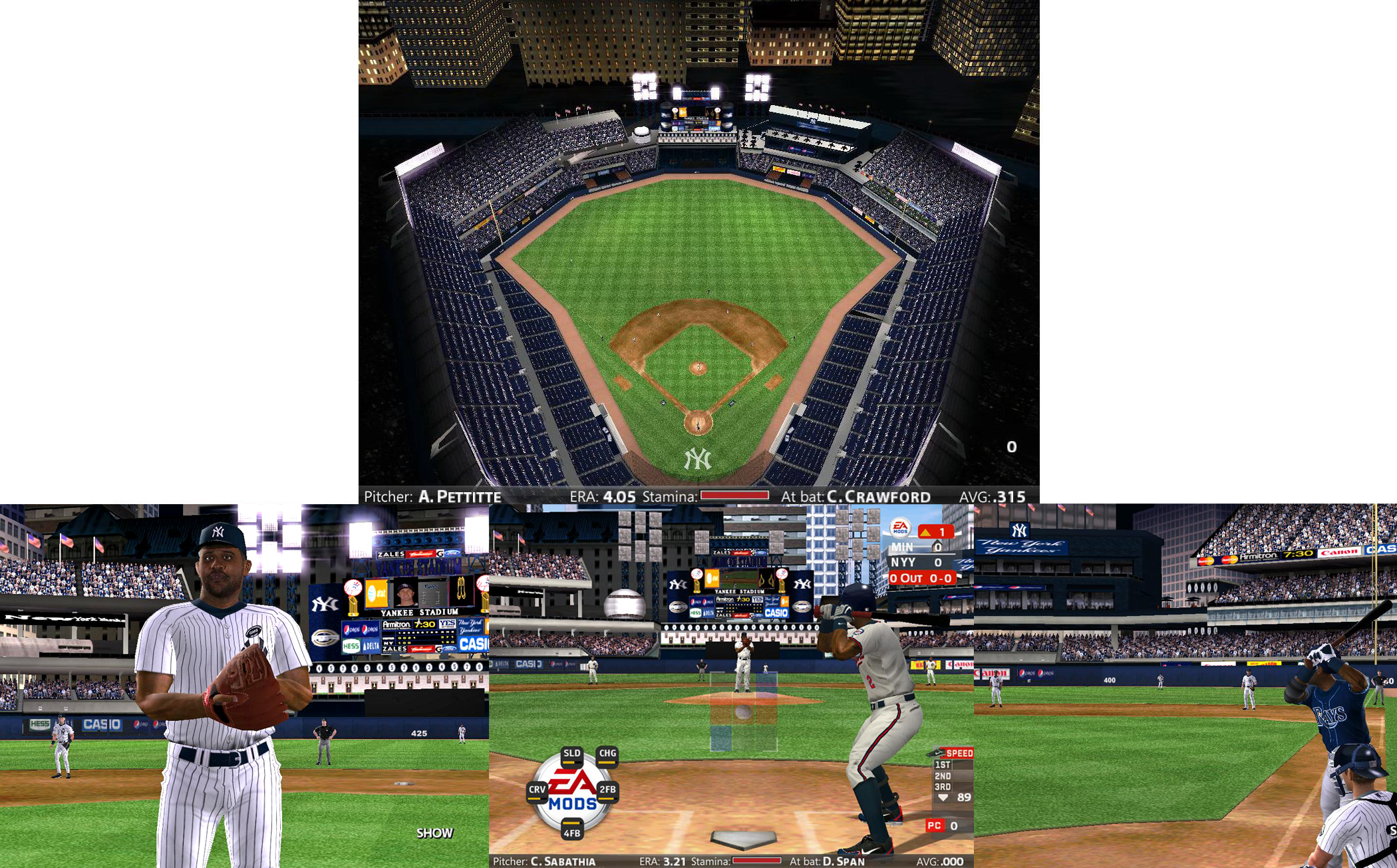



In either case, the batter is “out” and has completed his or her turn at bat. First, a member of the defensive team may catch the ball before it hits the ground, resulting in a “fly out” or “pop up” (depending on how far the ball has gone). When a batter hits the ball, a number of events may occur. The defensive team comes to bat and the team at bat goes to the field. The team at bat may remain at bat until it has accumulated three outs, at which time the teams switch sides. If he or she is credited with three strikes, the batter is “out,” that is, has completed his or her turn at bat. If the ball is outside that zone, the umpire situated behind the plate calls the pitch a “ball.” If the ball is within the zone and the batter does not swing, the pitch is called a “strike.” If the batter swings at the ball and does not make contact, no matter where the ball was, it is also called a “strike.” If the batter hits the ball, but it goes outside the foullines, it is called a “foul,” and the batter is assessed a “strike.” If a batter is awarded four balls, he or she advances to first base. The strike zone includes the distance between the batter's shoulders and knees above the width of home plate. The pitcher is required to deliver the baseball within a certain region, known as the strike zone, where the batter should reasonably be expected to reach the ball with his or her bat. The batter stands at home plate and attempts to hit the baseball thrown by a member of the opposing team, the pitcher, standing on the pitcher's mound. A game begins when one team (the team “in the field” ) distributes its defensive players at various positions on the field, while the other team (the team “at bat” ) sends its members “to bat,” one at a time.


 0 kommentar(er)
0 kommentar(er)
